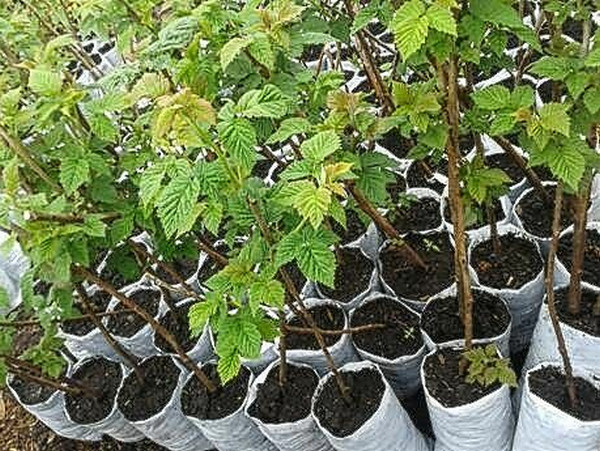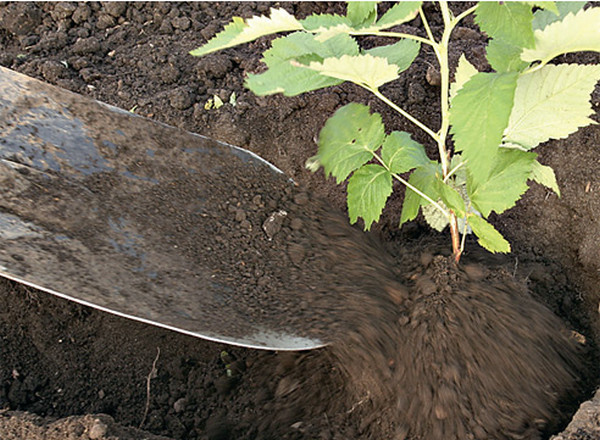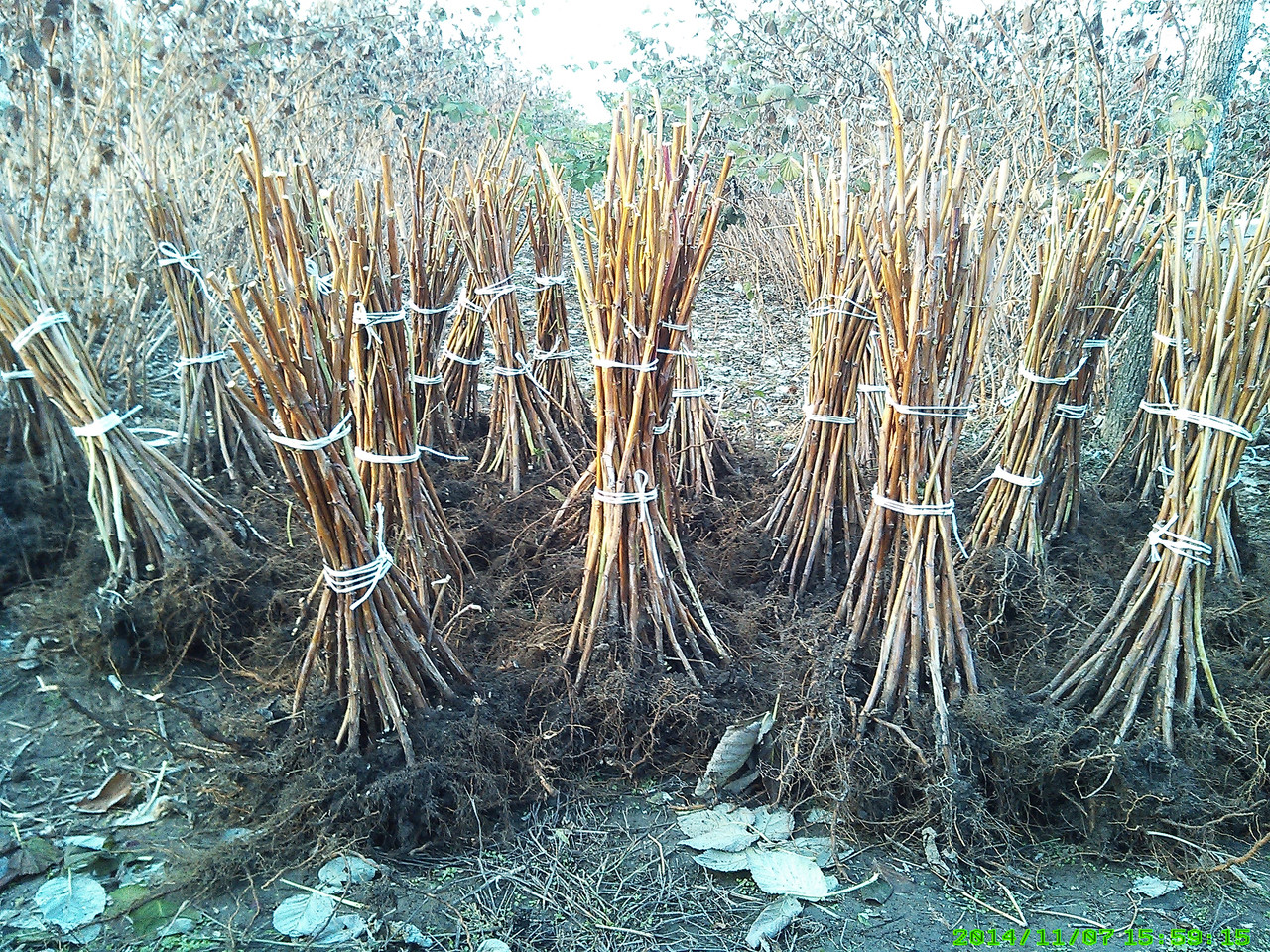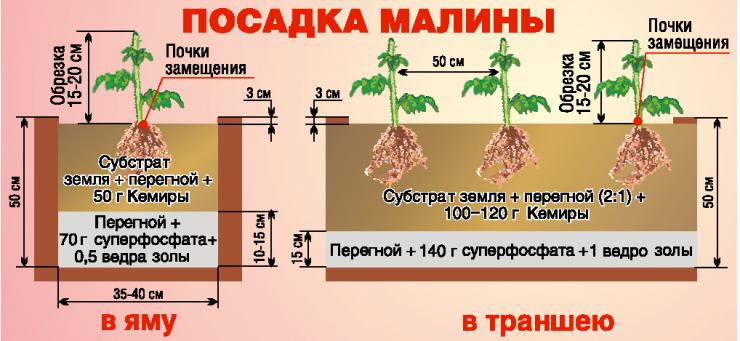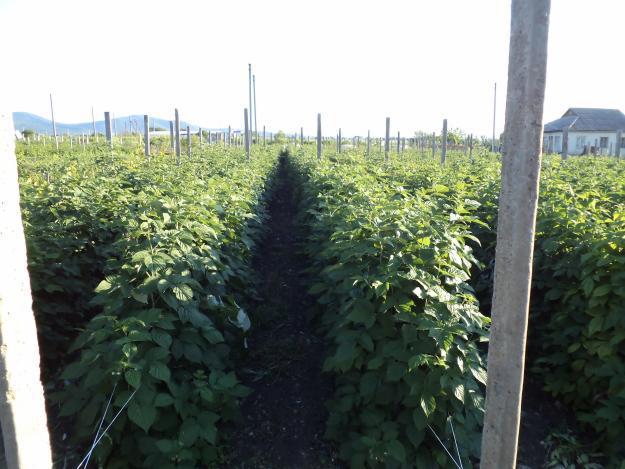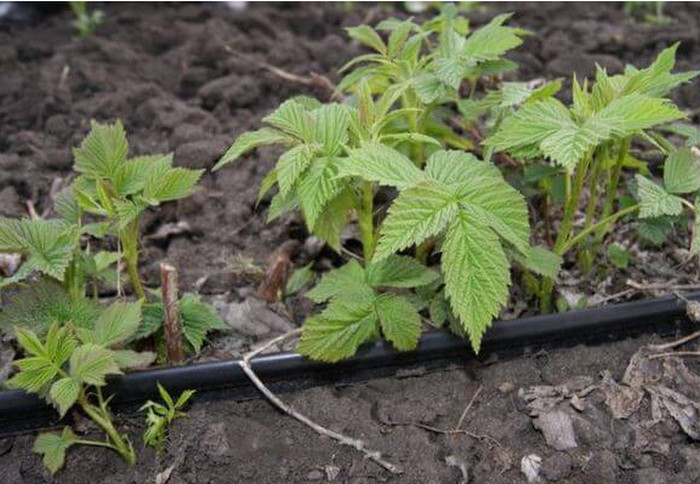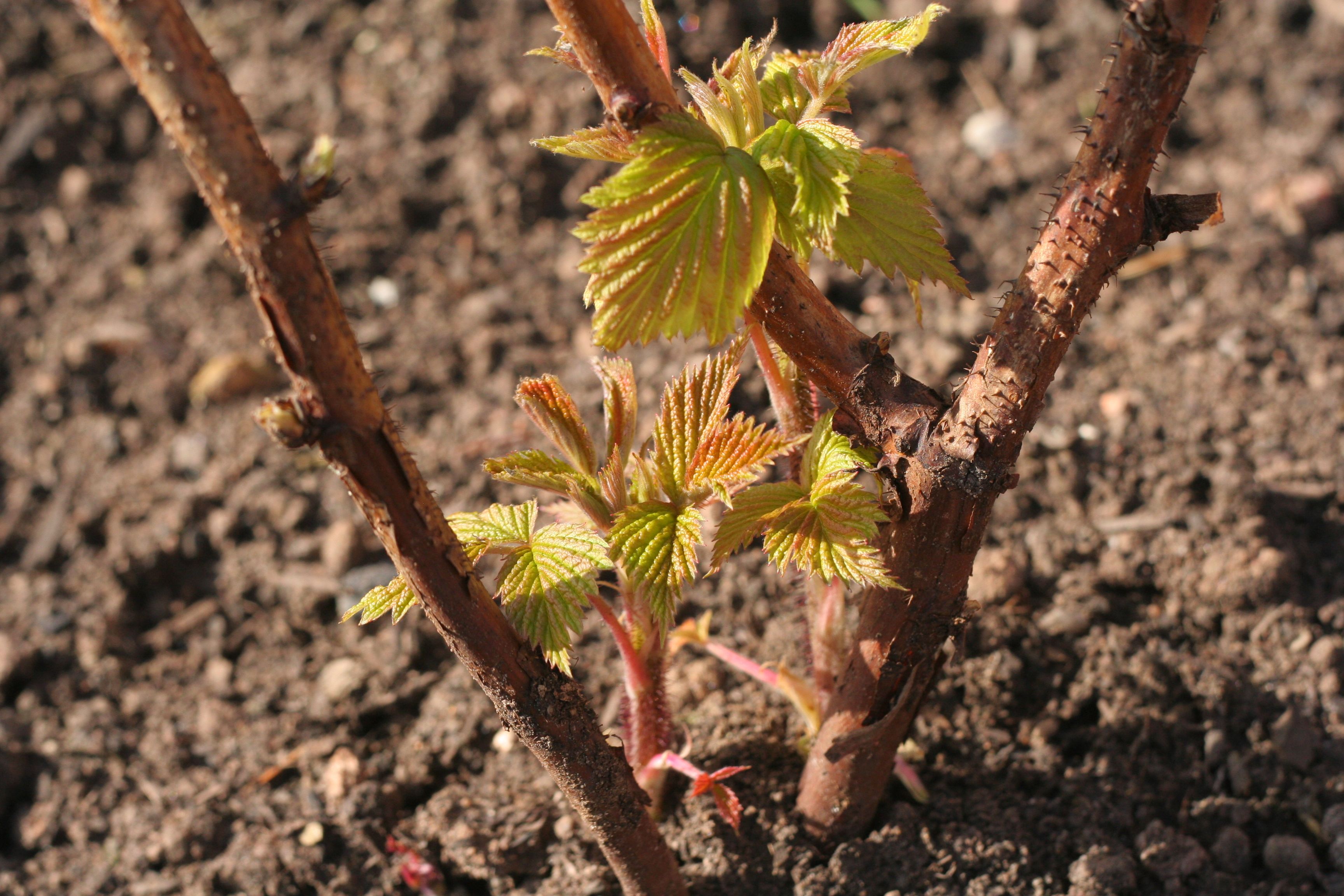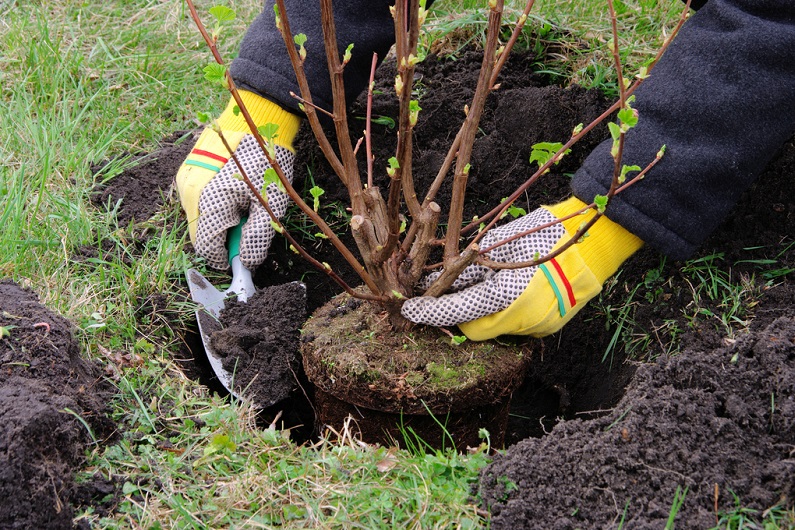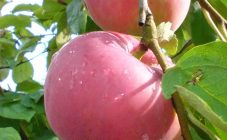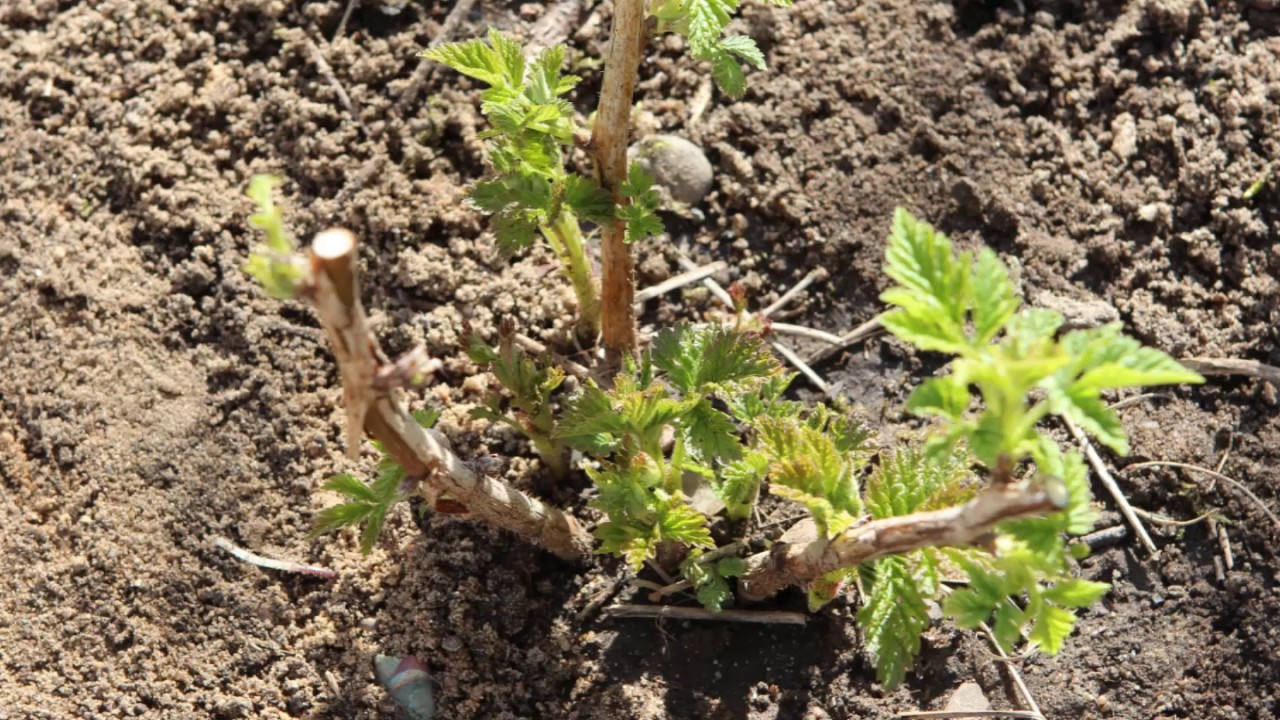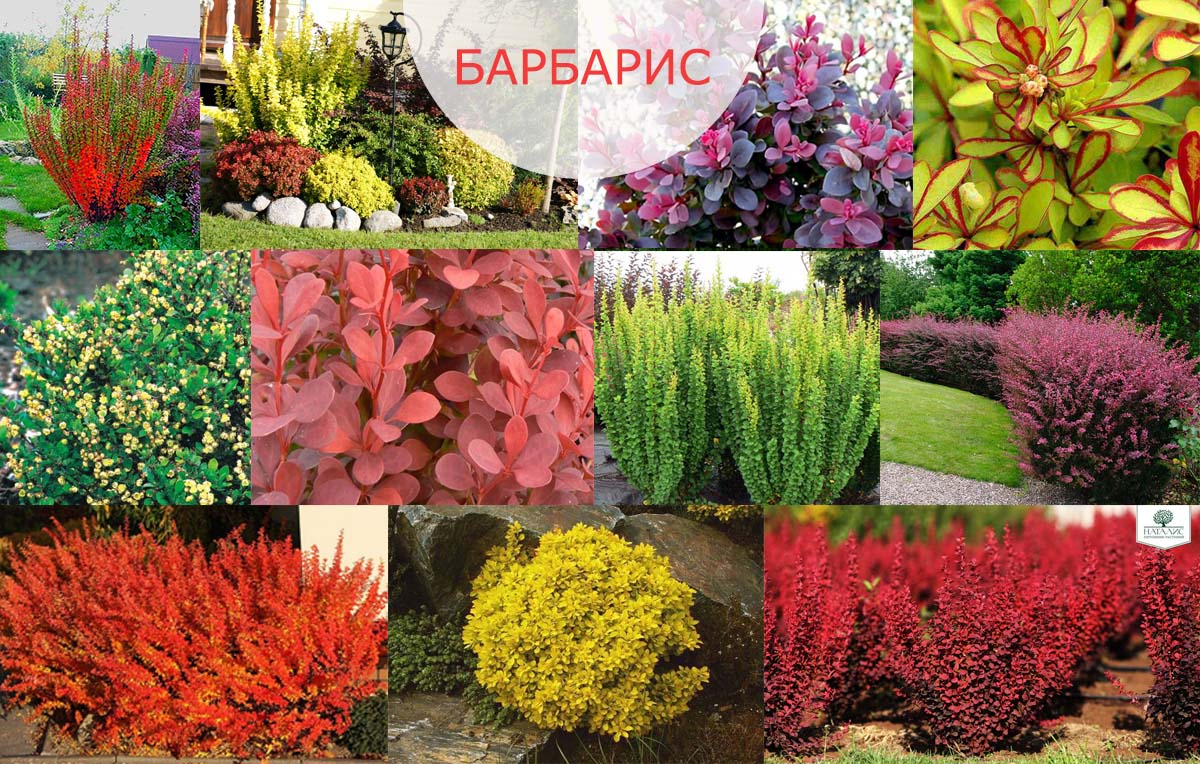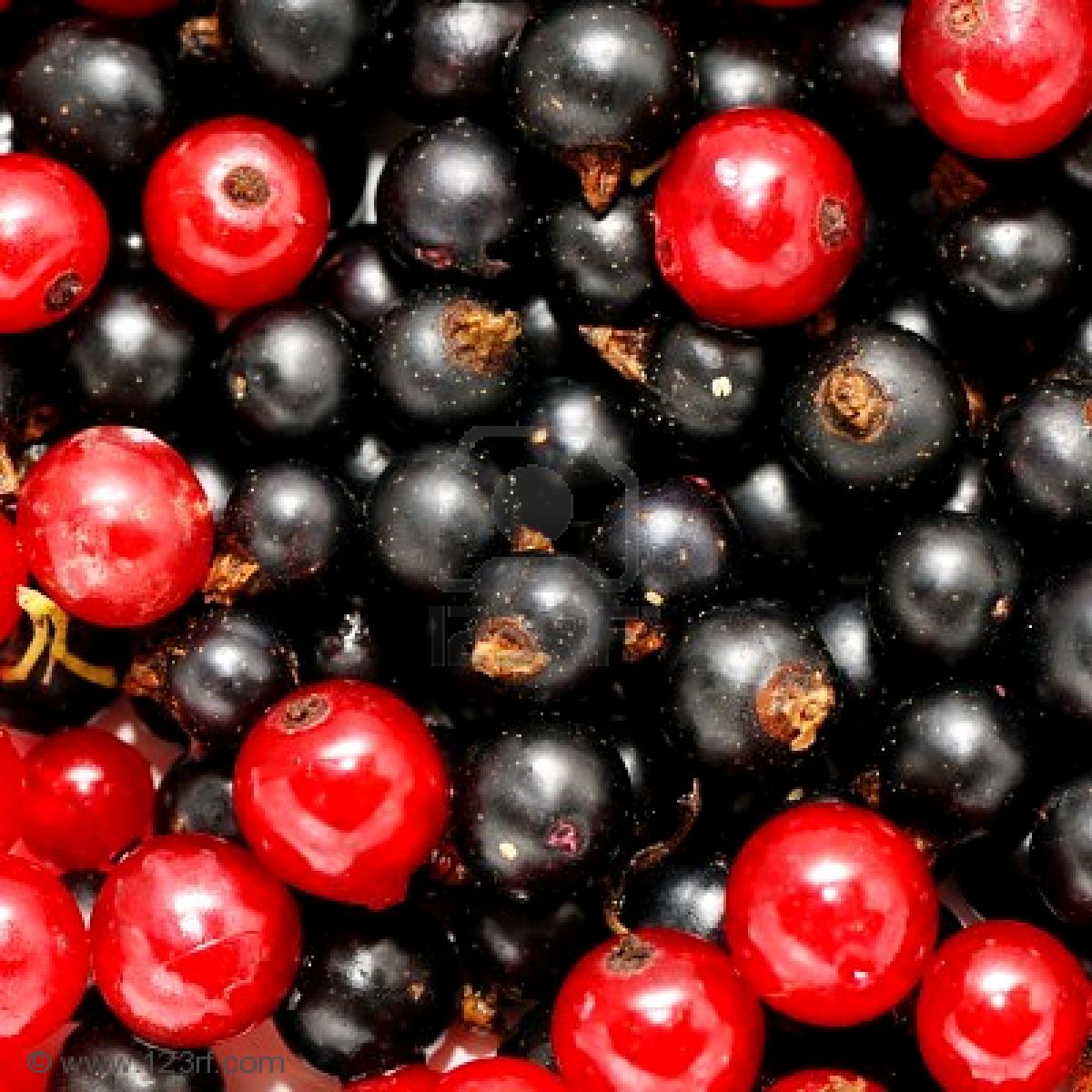Content:
Raspberries are a popular berry bush. An experienced gardener and beginner can plant a healthy crop in their garden. This is not difficult. The main thing is to know when and how to do it right. Planting is allowed in spring and autumn. Each time has its own advantages and disadvantages. Most often, gardeners choose to plant raspberries in the spring.
Planting dates in spring
It is recommended to plant raspberry seedlings in a permanent place in open ground as early as possible in the spring. This should be done before the buds swell and sap flow, immediately after the snow cover disappears.
There are reasons why the landing occurs at this time. Raspberry loves moisture, but does not like waterlogging. After the snow melts, the ground is especially moist. Plants take root faster and take root. In the first weeks after winter, trees and shrubs, including raspberries, have not yet recovered from a state of dormancy. Planting dormant seedlings has a beneficial effect on plants. A change of scenery will not be stressful for them. In addition, the spring period is good because it is not stuffy outside, the sun warms up in moderation. It is in cool weather, when the air outside is fresh, that raspberries take root best.
Usually disembarkation takes place from March to April. You cannot delay with her. The lunar sowing calendar will help to determine the best day.
Pros and cons of spring planting
Many gardeners choose spring for planting for a reason. It has quite a few advantages:
- The land is sufficiently moist after the snow cover melts;
- During the cold season, the soil rested. There have accumulated nutrients that will help the young plant gain strength;
- In early spring, the seedling has about 60 days of coolness to take root;
- During the spring months, the plant will develop a root system, and in summer, in warm weather, it will grow shoots. As a result, next year a new shrub will bloom. The summer resident will receive the first harvest of raspberries;
- Most insect pests sleep in the spring, waking up only in summer. No one will interfere with a young plant;
- If the gardener organizes the planting of raspberries in the spring according to all the rules, then the probability that it will take root is almost 99%.
But the spring planting has disadvantages:
- This time of year is often unpredictable. There is a high probability of prolonged frost or sudden heat. Due to temperature changes, seedlings may be damaged;
- If you plant a crop in the spring, then the first berries will appear only next year;
- The planting time plays a very important role. It is not recommended to plant seedlings too late, when sap flow has begun, and there are several weeks left until summer. The roots may not form, the bush will be frail, it will get sick;
- Spring is not suitable for planting remontant varieties of raspberries. The repair type of culture implies fruiting in the first year of planting. Therefore, it is planted in the fall.
When to plant raspberries: in spring or autumn
The summer resident decides on his own when to start planting the berry. Usually, it depends on the gardener's free time. Planting is allowed both in spring and autumn. The pros and cons of planting in the spring have been written earlier. Autumn has its advantages and disadvantages.
For example, autumn is ideal for planting in southern regions. There it is long, moderately cool, wet. Therefore, the seedlings take root very well. In winter they rest. In the summer they start growing and give the first harvest.
In the central region, in the Urals, autumn also lasts a long time. It's cool and rainy outside. The plant has time to put down strong roots before the onset of frost.
Another advantage is that if you plant raspberries before winter, then next summer they will already grow berries on them. This is especially true for remontant varieties.
Planting in the fall follows the same principle as in the spring. The only difference is that you will have to huddle the bushes in the fall. Thus, the gardener will protect the root system from the winter cold.
Landing: step by step instructions
Before you start planting raspberries, you need to carry out thorough preparation: purchase seedlings, choose and prepare a place, buy fertilizers. In order to do everything right, a step-by-step instruction is offered.
Sapling selection
- Garden material is bought in specialized stores, proven nurseries;
- Suitable plant age is 1 or 2 years;
- The length of the shoots should be no more than half a meter;
- There can be 3-4 shoots. They shouldn't be too thick. Better that they are thin or medium. Allowable thickness is 0.5 cm;
- The filamentous root system of the seedling should be developed. The length of the roots is 10-20 cm. The gardener should not buy a plant with dry roots. They can be seen by their brown color. It is better to keep the root closed;
- The kidneys should also not be dry;
- You should carefully examine the plant. A healthy seedling must have buds on the root collar. New stems will appear later from them;
- The seedling must be free from defects, wounds or cracks. Its skin is even, smooth. Brown color;
- It is not recommended to purchase seedlings that already have leaves. This may indicate that the seller dug a bush during sap flow. It is highly likely that the seedling will not be able to live in the new place.
How to keep a seedling
Few gardeners, after purchasing garden material, immediately go to the country and plant a plant. Usually a seedling has to spend several days in a city apartment or house. To preserve it, it is best to put the raspberries in a cool place. A balcony, a veranda will do. In this case, the plant should be protected from light.
If the root system is open, then it can be placed in containers with peat, sawdust. You can purchase a special hydrogel from the store. The roots are dipped into it. It forms a wet layer on them. In this form, seedlings can be stored for several days. You can simply wrap the roots in a bag with holes for air exchange. The upper part of the plant is covered with a newspaper, any paper.
Before planting, the seedling is pruned. Usually, the height of two-year-olds purchased in a nursery is 50 cm. Before transferring to a permanent place, the plant must be pruned so that its height is only 20-30 cm.
Appropriate place
Planting raspberries in spring with seedlings means choosing the right place. The culture is perennial. Therefore, it is important to choose the optimal bed on which the raspberries will be comfortable.
Good predecessors of the culture are beans, cucumbers. Bad predecessors and bad neighbors are tomatoes, potatoes, strawberries.Raspberries should be planted in a place where there is no stagnation of water and groundwater does not pass close.
Distance between bushes
Raspberries must be planted in two or three rows. A distance of 1.7-2 m is observed between the rows, 40-130 cm between the bushes, depending on the planting method. It is allowed to plant plants at a distance from each other. It will be more convenient for the summer resident to walk between the bushes and pick berries. In addition, in the future, all the space between the plants will be filled with new shoots. The roots of the culture grow very quickly, forming new bushes.
In the event that the summer resident is going to plant different varieties of raspberries, then a distance of 3-4 m is measured between them.
The soil
The ideal soil for the berry is fertile, light loamy, drained. The acidity of the soil should be between 5.4 and 6.8 pH, that is, from slightly acidic to neutral. Otherwise, raspberries will not develop normally.
The garden bed is prepared in the autumn months if planting is planned for the spring. If the gardener is going to transplant the seedlings to a permanent place in the fall, then the garden bed is being prepared 4 weeks before that.
The selected area is dug up. Stones, roots, weeds are removed. For one square meter, 20 kg of compost is added, about 70-90 gr. simple mineral phosphorus fertilizer. For yield, 50 g of potassium sulfate is also added there. Don't forget about fly ash. It is added at the rate of about 4 glasses per 1 square meter. Further, the bed is leveled with a rake.
Planting depth
The raspberry root system is located close to the surface of the earth. Usually, the roots cover a 30 cm layer. Rarely do they penetrate deeper than 50 cm. Therefore, the planting depth should not be too deep, otherwise the root can rot.
Planting holes are dug half a meter in width and height. Part of the pit is filled with soil mixture with fertilizers. If groundwater flows close by, then drainage from stones is placed on the bottom of the pit. And the depth of 20-25 cm is enough for the roots of raspberries.In addition, one-year or two-year-old seedlings have a root length of only 10-15 cm.
Fertilizers
Directly on the day of planting, the soil mixture is placed in the planting pits. It is made up of organic matter and mineral fertilizers, garden soil. The composition of the mixture per well:
- 2-3 kg of compost or mullein;
- a glass of ash;
- 30 gr. urea;
- 60 gr. simple mineral phosphorus fertilizer.
Two ways to plant raspberries
Planting raspberries on the site can take place in two ways. The first is a private. It consists in digging holes. The second is bush or trench. For him, not holes are being prepared, but trenches are being dug. Here's a planting guide.
Ordinary way
Two or more rows are marked. It is better to place them from south to north. So the bushes will be illuminated by the sun. The distance between the rows is 1.7-2 m. Holes are dug. The distance between them is 100-130 cm. The depth and width are 50 cm each. Part is filled with prepared soil mixture. The roots of the seedling are straightened. It fits into the ground.
The rhizome is covered with earth. You can shake it, leaving some free space and start sprinkling again. After the bed is spilled. Water is consumed 6-10 liters per bush. After the garden bed is mulched with straw, sawdust.
Trench
Trenches are dug instead of holes. They are similar in depth and width to holes. The length of the trench can be up to 3 meters.
The prepared mixture is laid out on the bottom. After that the seedlings are planted. They are placed at a distance of 40-50 cm from each other.As a result, the landing will be thickened. Subsequently, when the shrubs get stronger, some of them can be transplanted to another place. In this case, it is necessary to make sure that several raspberry plants, united into bushes, remain in the garden. So it is more convenient to pick berries from it. There can be several raspberry transplants. It is best to transplant it in the spring, before sap flow. However, this can be done in summer and autumn.
Planting remontant raspberries
Repaired raspberries yield a good harvest in the first year of planting. In addition, the peculiarity of this berry plant is that it bears fruit throughout the summer. The repaired raspberry needs special planting. Autumn is best suited for planting a seedling. In this case, already in the summer, raspberries will grow on the site, starting to bear fruit.
Loam is suitable for remontant raspberries. The acidity is neutral. These varieties require a lot of sun, no shade. In addition, it is necessary to plant this variety in a garden bed where there is practically no wind.
Soil for remontant raspberries is also prepared in advance. It is dug up, saturated with fertilizers, including humus (3 buckets per 1 square meter), complex mineral mixtures (300 g).
Planting is carried out in pits to a depth of 30-40 cm. The width of the pit is 50 cm. Before planting, the roots are placed in a clay chatterbox. Once the clay is dry, the seedling is planted. It is deepened in such a way that the root collar is at ground level. Further, 5 liters of water is poured onto 1 bush. The repaired type of berry culture requires watering, but not waterlogging. So, the average volume of water per bush is 5 liters. Watering is carried out 2 times a week.
Care
Raspberries need timely pruning. The pruning instruction contains information on removing all old, dry branches and pruning young shoots. Thus, the plant will use nutrients to develop new branches with berries.
Watering should be given special attention in June, July. At this time, the berries ripen. It is enough to water once every 2 weeks. 5-10 liters of water are consumed per square meter.
Loosening and weeding is carried out after rain. Loosening gently, not deeply, using a hoe.
Raspberry feeding begins two years after planting. Superphosphate and fly ash are brought under the bushes. You can use urea.
Care includes preparing for the winter. This is especially true for the northern regions. In autumn, the shrub is covered with spunbond. Caring for raspberries in Siberia in the spring involves sanitary pruning, but before that, it must be opened from the material.
Planting dates in different regions
Depending on which region of residence the gardener has, the planting dates are different. The correct time can be chosen based on the disappearance of the snow cover.
For example, in the south of Russia there is no snow already in February. Planting crops can start this month, March is also suitable. In the Krasnodar Territory, spring is fast, so gardeners should not delay. Raspberries need to be planted several weeks before the soil becomes too dry.
Planting raspberries in spring is often not suitable for southern regions. Since spring is short there, fleeting. A month after the snow melts, heat begins in this strip. The seedlings may not have time to take root. The optimal time for planting in the south is autumn. It is long and wet there.
The central strip of Russia is freed from the snow cover only in April. This month is suitable for planting raspberries. There are exceptions: if the spring is early, there is no snow cover by the end of March. Then the landing is carried out at this time.
In the north of our country, spring does not come early. Therefore, it is worth postponing with raspberries until May. For the northern part of Russia, autumn is categorically not suitable for dealing with raspberries. In this area, winter comes very early, it is harsh. A young plant may not withstand the cold test, and besides, it has very little time to take root.
Additional Information.In the middle lane, it is allowed to plant a crop in May. Only then will the gardener have to constantly water the planting until the seedling takes root.
Errors when planting in spring
It often happens that the gardener seems to have done everything right, but the culture does not grow. This means that common mistakes have been made. Among which:
- Incorrectly chosen term. You can not plant a culture after the sap flow has begun, the buds have come to life;
- Not the right place. If the raspberry does not have enough sunlight, it will wither;
- Too acidic or alkaline soil. The soil for raspberries needs slightly acidic, neutral;
- Insufficient watering will lead to drying out and poor root development. You need to water once every 2 weeks, 5-10 liters per bush;
- The seedling was wounded, damaged;
- Too deep immersion of the plant in the ground. It must be deepened by 20 cm. You can focus on the root collar. It should protrude 4 cm from the ground;
- Incorrectly selected neighbors. Raspberries will not be able to develop normally if strawberries, tomatoes, potatoes grow nearby;
- Insufficient pruning of the seedling. Before planting, it is cut to a height of 20 cm.
